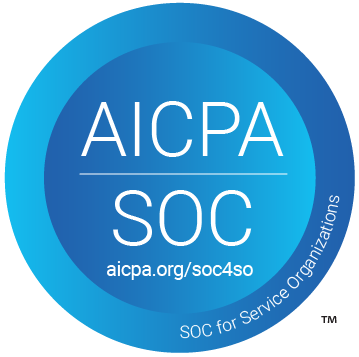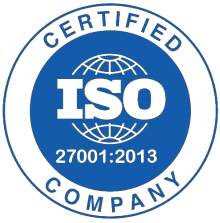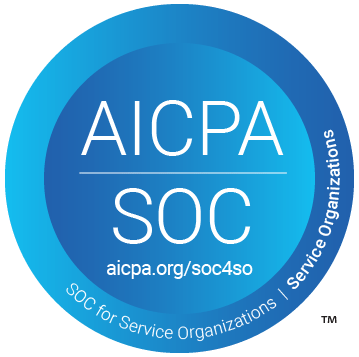Learn how to automate Facebook posts using Pabbly Connect with Google Sheets and OpenAI. This detailed tutorial covers every step of the integration process. This comprehensive guide reveals exactly how to connect your applications and automate repetitive tasks — accessible for professionals of all technical backgrounds.
Watch Step By Step Video Tutorial Below
1. Accessing Pabbly Connect for Automation
To begin automating your Facebook posts, you need to access Pabbly Connect. Start by visiting the Pabbly Connect website and signing up for a free account if you haven’t already. Once logged in, navigate to the dashboard where you can create a new workflow.
After signing in, click on the ‘Create Workflow’ button. Name your workflow, for instance, ‘Google Sheets to OpenAI to Facebook Pages’. This naming helps in identifying your automation later. Select the appropriate folder in your Pabbly account and click on ‘Create’ to proceed.
2. Setting Up Google Sheets with Pabbly Connect
In this section, you will connect your Google Sheets to Pabbly Connect to automate data entry for your Facebook posts. Your Google Sheet should include columns for the article topic, image prompt, scheduled date, and status. Ensure that the status is set to ‘post’ for the automation to trigger.
- Create a Google Sheet with the required columns.
- Install the Pabbly Connect Webhooks add-on in Google Sheets.
- Follow the setup instructions to connect your Google Sheet to Pabbly Connect.
Once your Google Sheet is set up, you will receive a webhook URL from Pabbly Connect. Copy this URL and paste it into the webhook setup in your Google Sheets add-on. This connection allows Pabbly Connect to receive data whenever a new row is added or updated.
3. Filtering Conditions in Pabbly Connect
Next, you need to set up a filter condition in Pabbly Connect to determine when to proceed with the automation. The filter will check the status column in your Google Sheet. If the status is set to ‘post’, the workflow will continue; otherwise, it will stop.
- In the action step, select ‘Filter by Pabbly’.
- Set the filter condition to check if the status equals ‘post’.
- Click ‘Save and Send Test Request’ to confirm the filter works correctly.
This filtering ensures that only the necessary data is processed for automation, preventing unwanted posts from being created on your Facebook page.
4. Generating Content with OpenAI
Now, you will integrate OpenAI into your workflow using Pabbly Connect. This integration will generate the content for your Facebook posts based on the article topic provided in your Google Sheet. Start by adding an action step for OpenAI and selecting the ‘Generate Image’ action.
After connecting your OpenAI account, you will need to provide the image prompt from your Google Sheet. This prompt is crucial as it directs OpenAI on what type of image to create. Once the image is generated, you can use another action step to generate the article content using ChatGPT.
5. Scheduling Facebook Posts with Pabbly Connect
Finally, you will schedule your Facebook posts using the data generated by OpenAI and the information from your Google Sheet. In Pabbly Connect, add an action step to connect to Facebook Pages and select the ‘Create Page Photo Post’ action.
Map the generated image URL and the content from OpenAI to the respective fields in the Facebook action. Ensure that you select the correct Facebook page where the post will appear. After mapping everything, click ‘Save and Send Test Request’ to publish your post.
Conclusion
This tutorial demonstrated how to automate Facebook posts using Pabbly Connect, Google Sheets, and OpenAI. By following the outlined steps, you can streamline your social media management and ensure timely posting of engaging content. Automation not only saves time but also enhances your social media strategy.
Ensure you check out Pabbly Connect to create business automation workflows and reduce manual tasks. Pabbly Connect currently offer integration with 2,000+ applications.
- Check out Pabbly Connect – Automate your business workflows effortlessly!
- Sign Up Free – Start your journey with ease!
- 10,000+ Video Tutorials – Learn step by step!
- Join Pabbly Facebook Group – Connect with 21,000+ like minded people!






